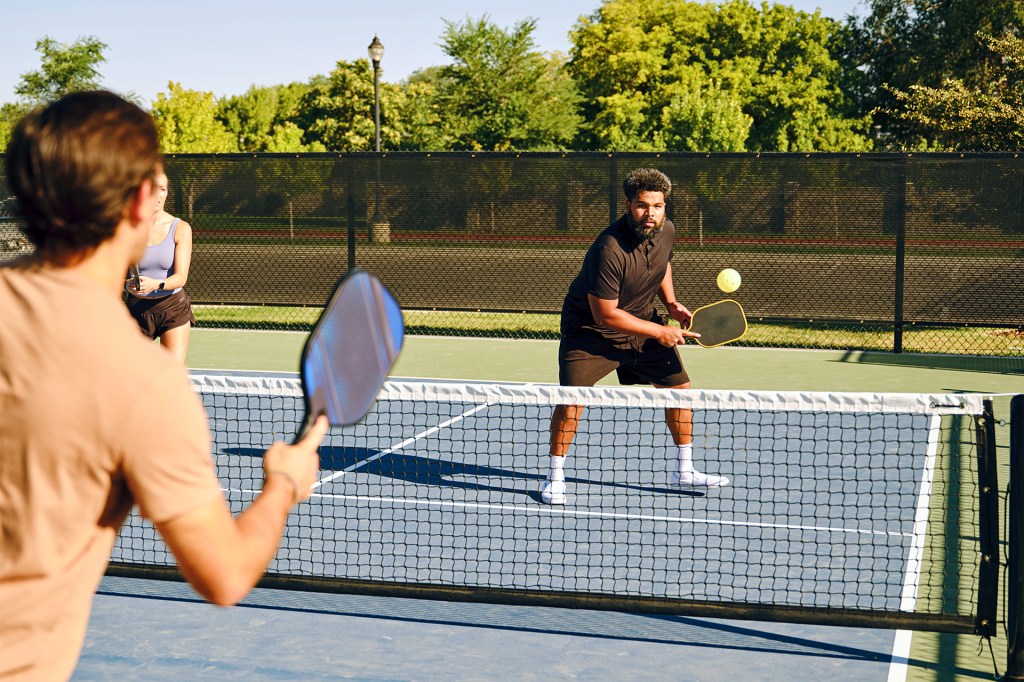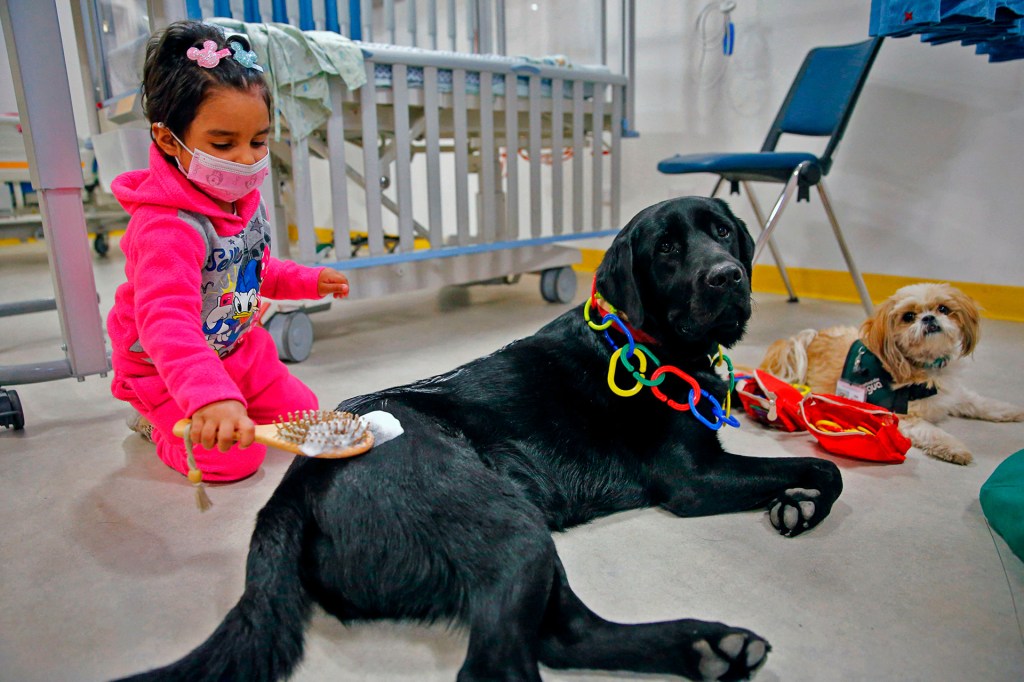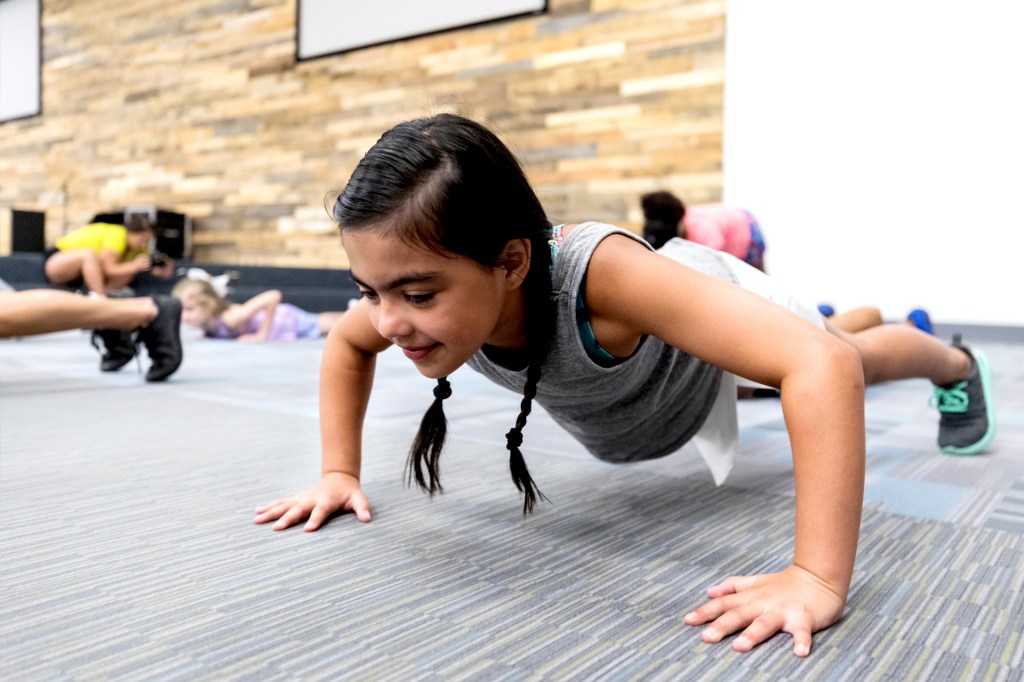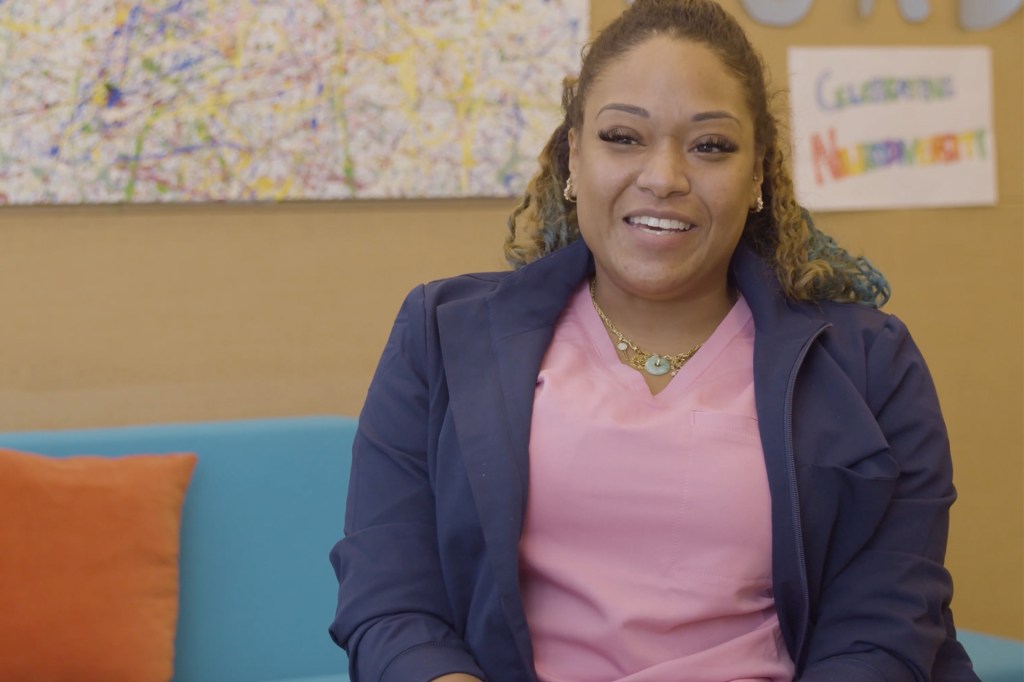
The COVID-19 pandemic rages on. More than 90 million cases have been detected worldwide. At press time, the United States had seen about 23 million cases. Three million new cases had already been reported in 2021. In California’s Los Angeles County, about 1 in 5 people is testing positive daily.
Vaccine delivery is underway. (See “Vaccine Trackers.”) But it’s not going smoothly. And health officials are worried about new variants, or versions, of the virus that causes COVID-19.
New Variants
One new variant is more contagious than the original. But it doesn’t seem to cause worse symptoms.
The variant was first found in the United Kingdom (U.K.) in September. It has now been detected in at least eight states in the U.S. “We’re likely to see this increase,” Greg Armstrong told the Washington Post. He works for the U.S. Centers for Disease Control and Prevention.
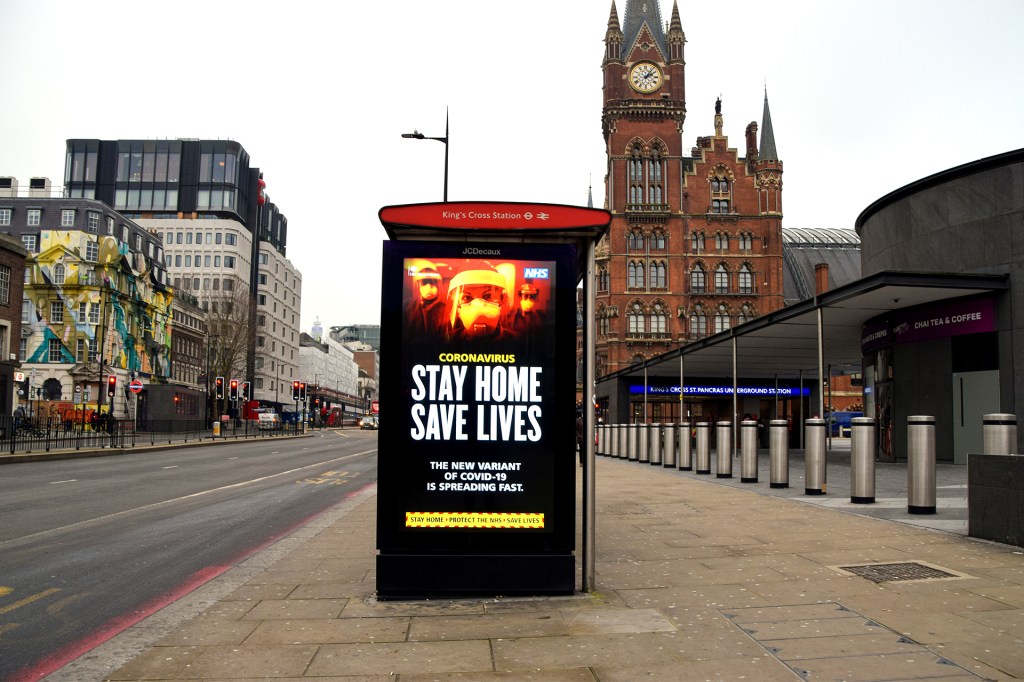
STAY HOME On January 8, the area near King’s Cross, in London, England, is empty due to the U.K.’s third coronavirus lockdown.
VUK VALCIC—SOPA IMAGES/LIGHTROCKET/GETTY IMAGESOther variants were found in Japan, Nigeria, and South Africa. Officials say COVID-19 vaccines should work against variants. Scientists are studying this. Dr. Anthony Fauci leads the National Institute of Allergy and Infectious Diseases. “We are taking [these variants] seriously,” he told TIME.
Delivery Issues
Distribution of the vaccines began in the U.S. in December. The government hoped to vaccinate 20 million people by January. Only about 9 million have gotten a dose so far.
Some areas are getting fewer doses than promised. Others are getting more. There are strict rules about who can be vaccinated first. So some doses aren’t being used. They’re going bad and being thrown out.
It will take a long time to vaccinate everyone. So people should continue to be careful. They should wear masks. They should wash their hands and stay six feet away from others. Dr. Rick Malley works at Boston Children’s Hospital. He told TIME for Kids that these actions “are so important, and can really reduce the number of cases.”
Stop and Think! What is the article’s headline? How does each section of the article support the headline? Why is the last paragraph important?





